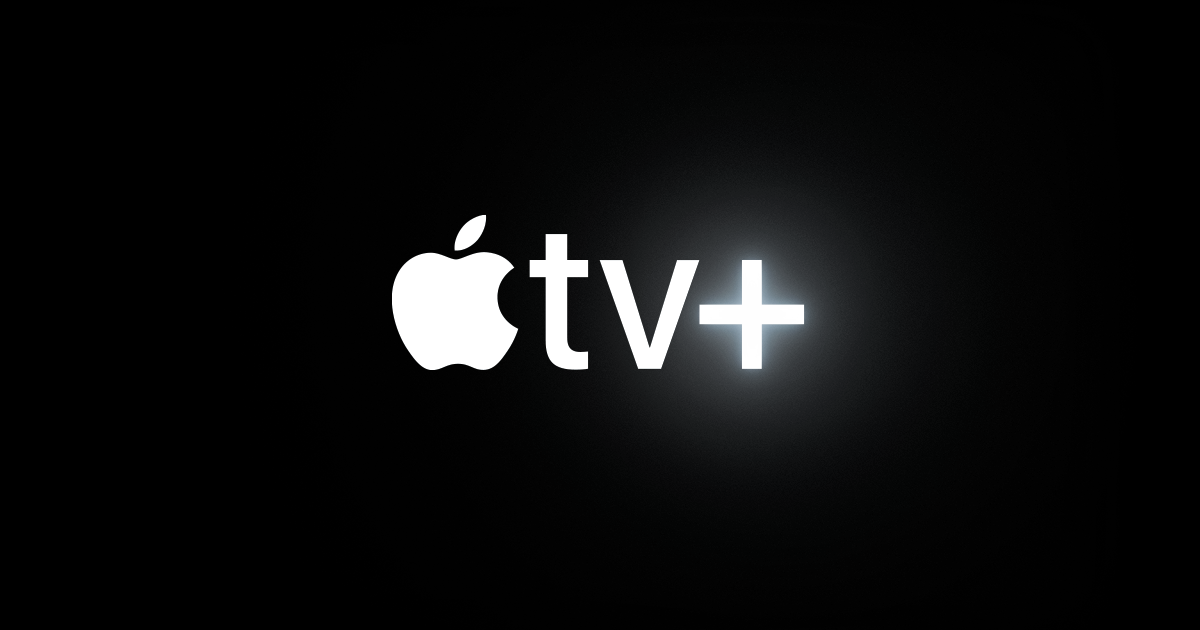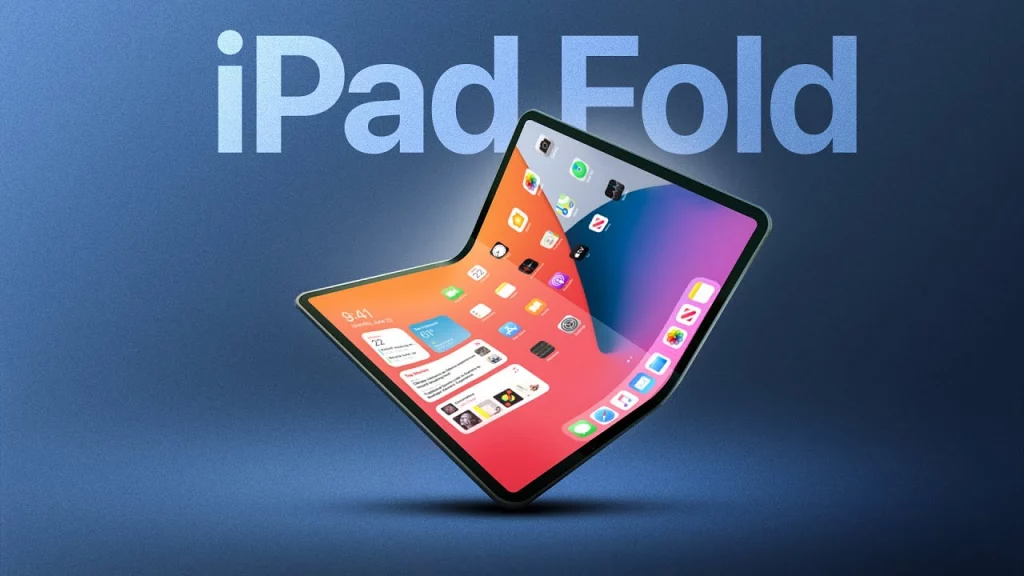Apple is making headlines again — this time with both new hardware and internal company changes. A recent leak shows that Apple is working on a much thinner iPhone called the iPhone 17 Air. Compared to the current iPhone 16 Pro, the iPhone 17 Air is noticeably slimmer, making it one of the thinnest iPhones ever.
Apple is using a new internal layout, including smaller parts like the camera and battery, to help reduce thickness. The display will also have smaller borders, giving it a cleaner and more modern look. This new model is expected to launch in 2025 and might only come in one size, possibly replacing the standard iPhone 17.
Along with product changes, Apple is also continuing to shift leadership within the company. Two important departments are getting new heads: the Apple Watch software team and the Health division. David Clark, who helped build Apple’s Health features, has now stepped down.
Also, Kevin Lynch, who worked on both the Apple Watch and Apple’s health tools, is now focusing only on health projects. This is part of Apple’s ongoing effort to improve its product development and services by reorganizing leadership roles. These changes show that Apple is not just updating its devices but also adjusting its team to better focus on future innovation.







